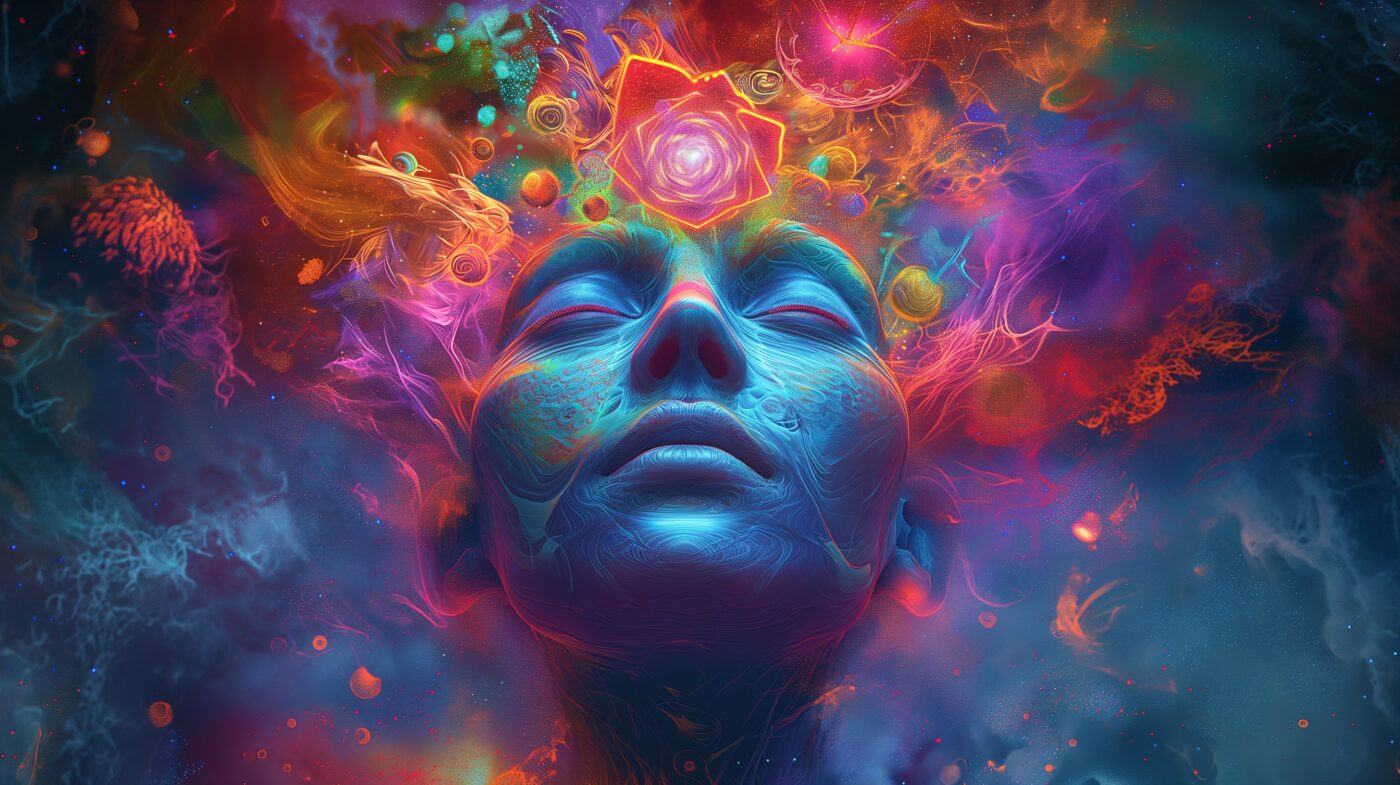Understanding Chitta: Mind and Consciousness in Indian Philosophy
Introduction to Chitta
Chitta is a fundamental concept in Indian philosophy, particularly in yoga and meditation practices. It refers to the mind or consciousness, encompassing thoughts, emotions, memories, and perceptions. The concept of Chitta is central to understanding the nature of consciousness and the path to self-realization in various Indian philosophical traditions.
Components of Chitta
In the context of the Four Functions of the Mind, Chitta includes:
Manas (Lower Mind)
- Role: Processes sensory information and immediate responses.
- Brain equivalent: Limbic System.
- Function: Handles basic emotional reactions and instinctual responses.
Buddhi(Higher Mind/Intellect)
- Role: Analyzes, reasons, and makes decisions.
- Brain equivalent: Prefrontal Cortex.
- Function: Responsible for higher cognitive functions like planning and decision-making
Ahamkara (Ego)
- Role: Provides a sense of self and individuality.
- Brain equivalent: Default Mode Network (DMN).
- Function: Involved in self-referential thinking and maintaining individual identity.
Chitta (Consciousness)
- Role: Integrates all mental activities.
- Brain equivalent: Overall Brain Functions.
- Function: Encompasses manas, buddhi, and ahamkara, creating a unified experience of consciousness.

Additional Aspects of Chitta
Smriti (Memory)
- Brain equivalent: Hippocampus and related memory networks.
- Role: Stores past experiences and impressions.
Vritti (Mental Modifications or Fluctuations)
- Brain equivalent: Neural Activity and Brain Waves.
- Role: Represents various thought patterns and mental fluctuations
Samskara (Mental Impressions or Conditioning)
- Brain equivalent: Long-term Memory and Conditioning.
- Role: Deep-seated impressions shaping future behavior and responses
Chitta in Different Philosophical Traditions
Samkhya Philosophy (c. 1500 BCE)
- Chitta is part of Prakriti (nature/matter)
- Encompasses the entire mental framework (Manas, Buddhi, Ahamkara)
- Subject to change and evolution
Advaita Vedanta (c. 200 BCE – 200 CE)
- Chitta is linked to Brahman (ultimate, unchanging reality)
- Represents pure consciousness, transcending the material world
- Individual consciousness seen as a manifestation of Brahman
Patanjali’s Yoga Sutras (c. 400 CE)
- Synthesizes aspects of Samkhya and Advaita Vedanta.
- Acknowledges both individual and universal consciousness.
- Focuses on controlling the modifications of Chitta to achieve pure consciousness.

Consciousness and Subconsciousness in Chitta
Conscious Mind
- Active Memory: Consciously recallable part of smriti.
- Active Awareness: Involved in day-to-day thinking and interactions.
- Functions: Manas, buddhi, ahamkara.
Subconscious Mind
- Latent Memory: Deeper, less accessible part of smriti.
- Latent Influence: Shapes automatic reactions and underlying tendencies.
- Functions: Samskaras (deep-seated impressions).
The Goal of Yoga and Meditation
In yoga and meditation practices, the ultimate goal is to purify and refine the mind (Chitta) through:
- Self-reflection.
- Cultivation of virtues like compassion and wisdom.
- Calming the fluctuations (Vrittis) of Chitta.
- Achieving a state of deep concentration (Samadhi).
By mastering these practices, one aims to realize the true nature of consciousness Chitta and achieve union with universal consciousness.

Can Psychedelics Increase Neuroplasticity? The Latest Research
Read MoreThe dark Truth Behind Cold Exposure
Read MoreReframing Trauma as Misinterpretations of The Ultimate Reality
Read MoreClassical Psychedelics in the Treatment of Autoimmune Disorders: Potential Anti-Inflammatory Benefits
Read MorePractice Beyond the Ego: Transcending the Physical Practice
Read MoreJung and Yoga The Self, Ego, and Shadow and Chitta
Read MoreChitta and the Brain: Bridging Yoga with Neuroscience
Read MoreWhat is Chitta?
Read MoreHow to Dry and Store Psilocybin Magic Mushrooms?
Read MoreLearn The Basics of Microdosing From The Comfort of Your Home.
Micro-Movement is MUCH more than just Microdosing,
But you need to start somewhere.